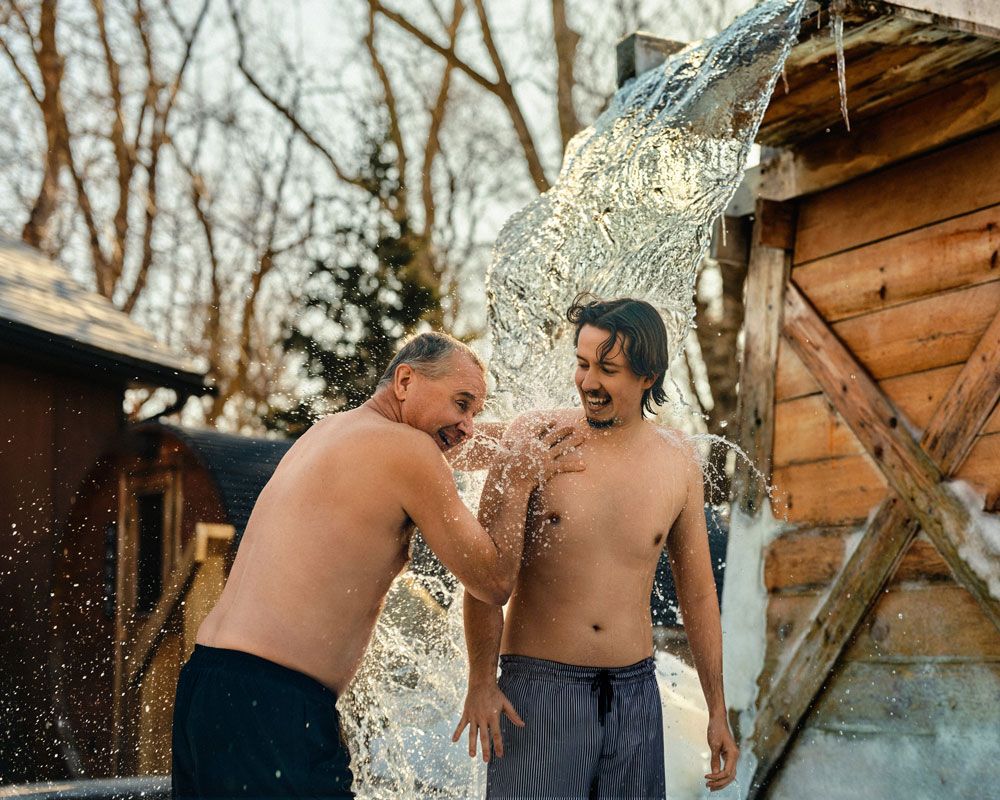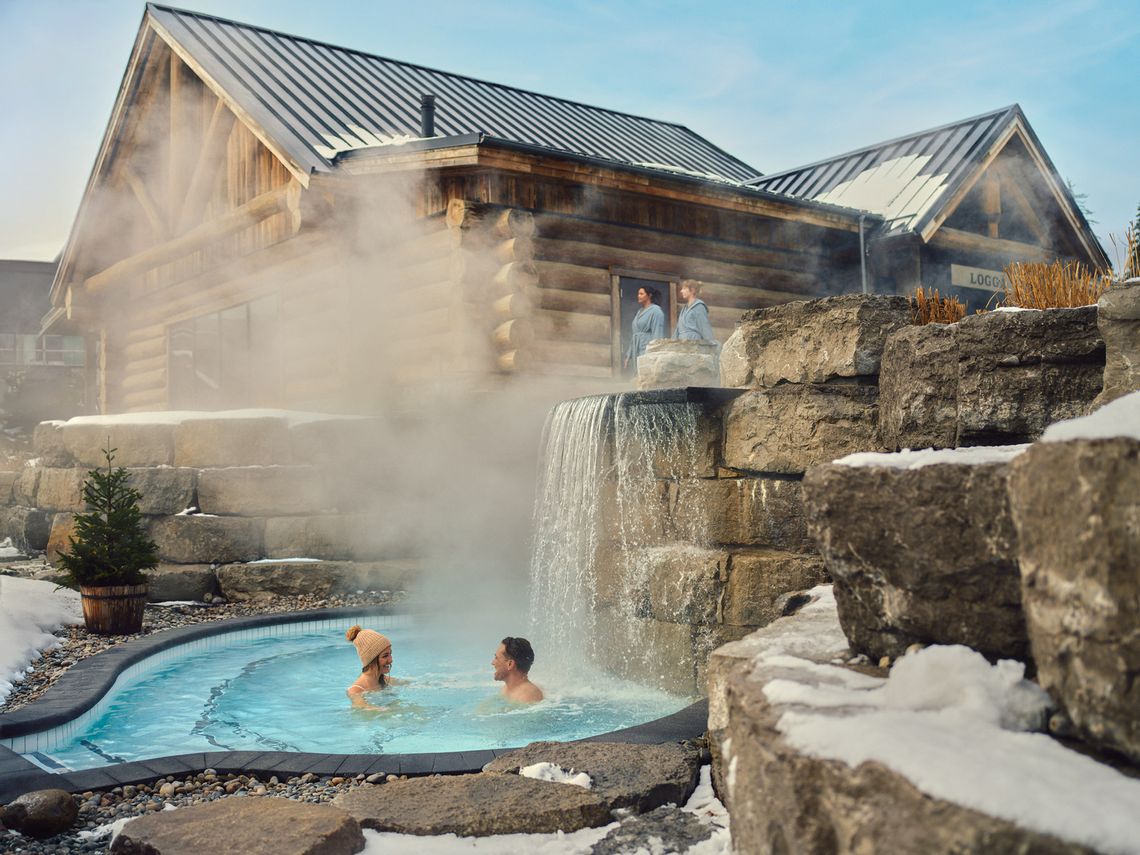Over 2000 years ago, in Nordic lands, thermotherapy was already common practice. Known for its physical and psychological benefits, thermotherapy continues to stand the test of time.

Thermotherapy refers to a medical technique — »therapy »—that uses temperature variations— »thermo ». Also known as the thermal cycle, thermotherapy consists of alternating between hot—usually in a sauna—and cold, followed by a period of rest.
Repeating the cycle at least three times will draw maximum benefits.
- Hot (15 to 20 minutes)
- Cold (10 to 15 seconds)
- Rest (20 minutes)

Physical Benefits of Thermotherapy
- Mimicking the symptoms of fever, the heat of the sauna boosts the immune system.
- This same heat improves blood circulation, thus lowering blood pressure and ensuring a better heart rate.
- Inhaling steam containing essential oils helps prevent and treat viral infections.
- The heat produced by saunas activates the vasodilation of tissues, thus soothing muscle tension and toning the skin.
- The thermal cycle accelerates recovery.
- Sweating is cleansing and helps release toxins and impurities.
- Thermal shock promotes slow breathing and improves general respiratory capacity.

Psychological Benefits of Thermotherapy
- The thermal cycle releases endorphins, also known as the happiness hormone.
- These same hormones are known to reduce pain, stress, and anxiety.
- Recent studies conducted in Finland have also shown that repeated and prolonged use of hot baths can reduce the risk of Alzheimer’s and Dementia.






